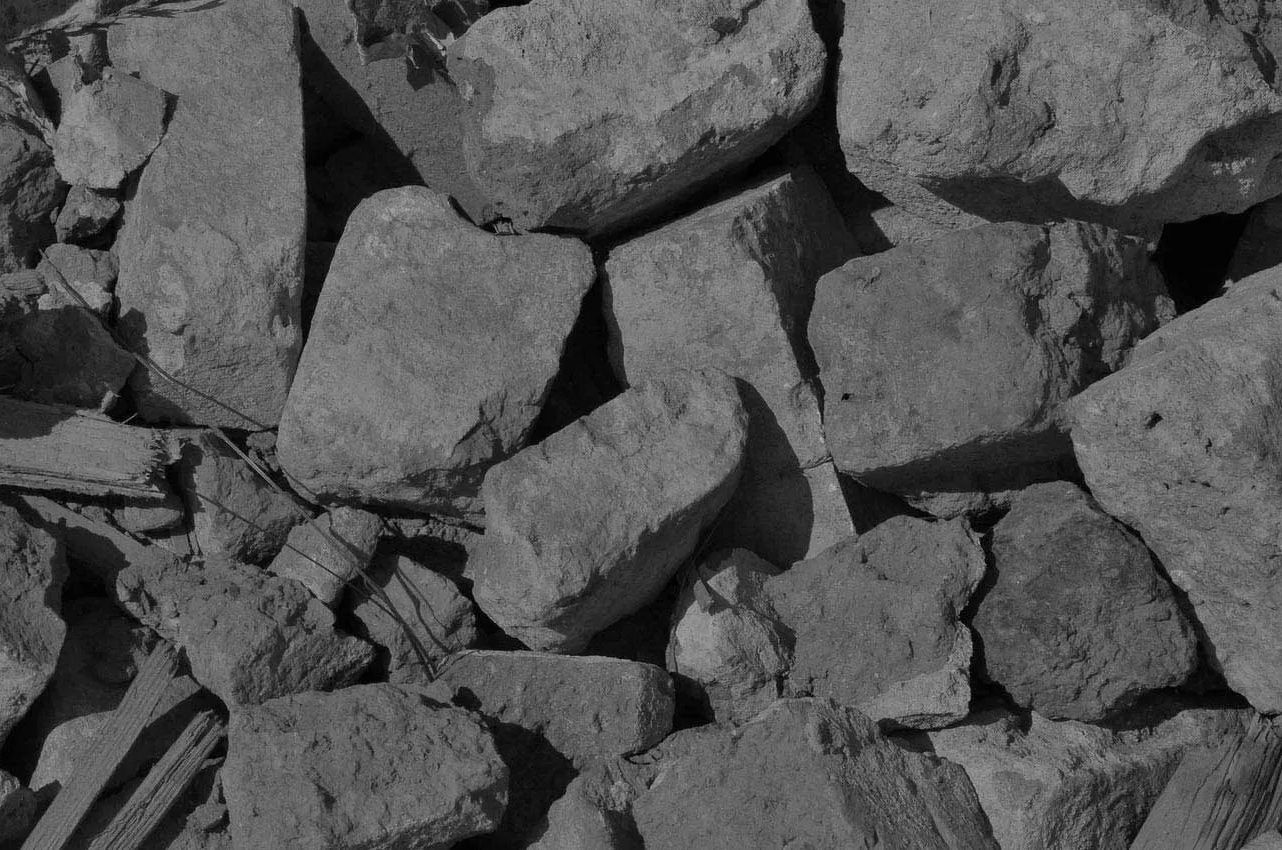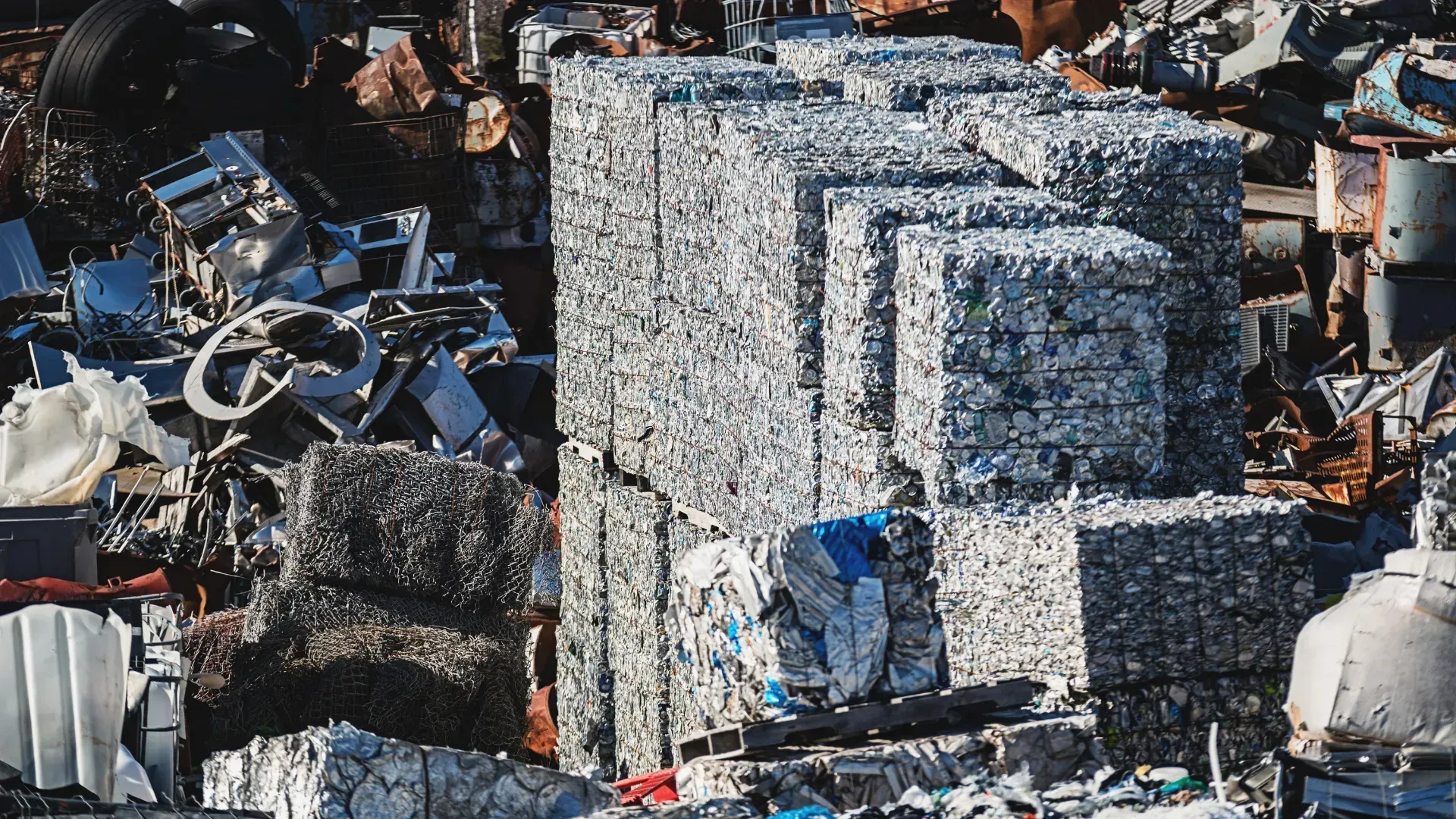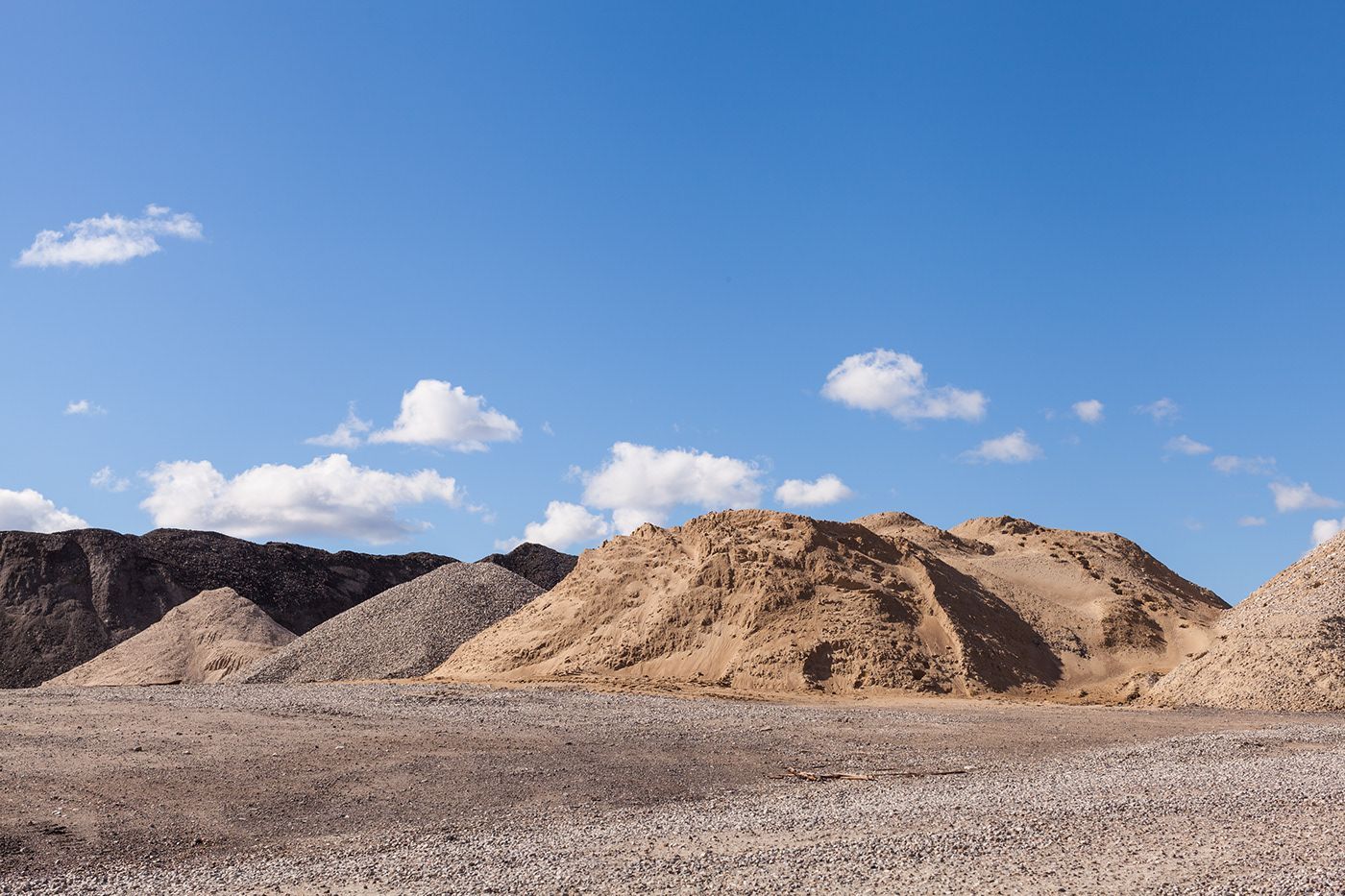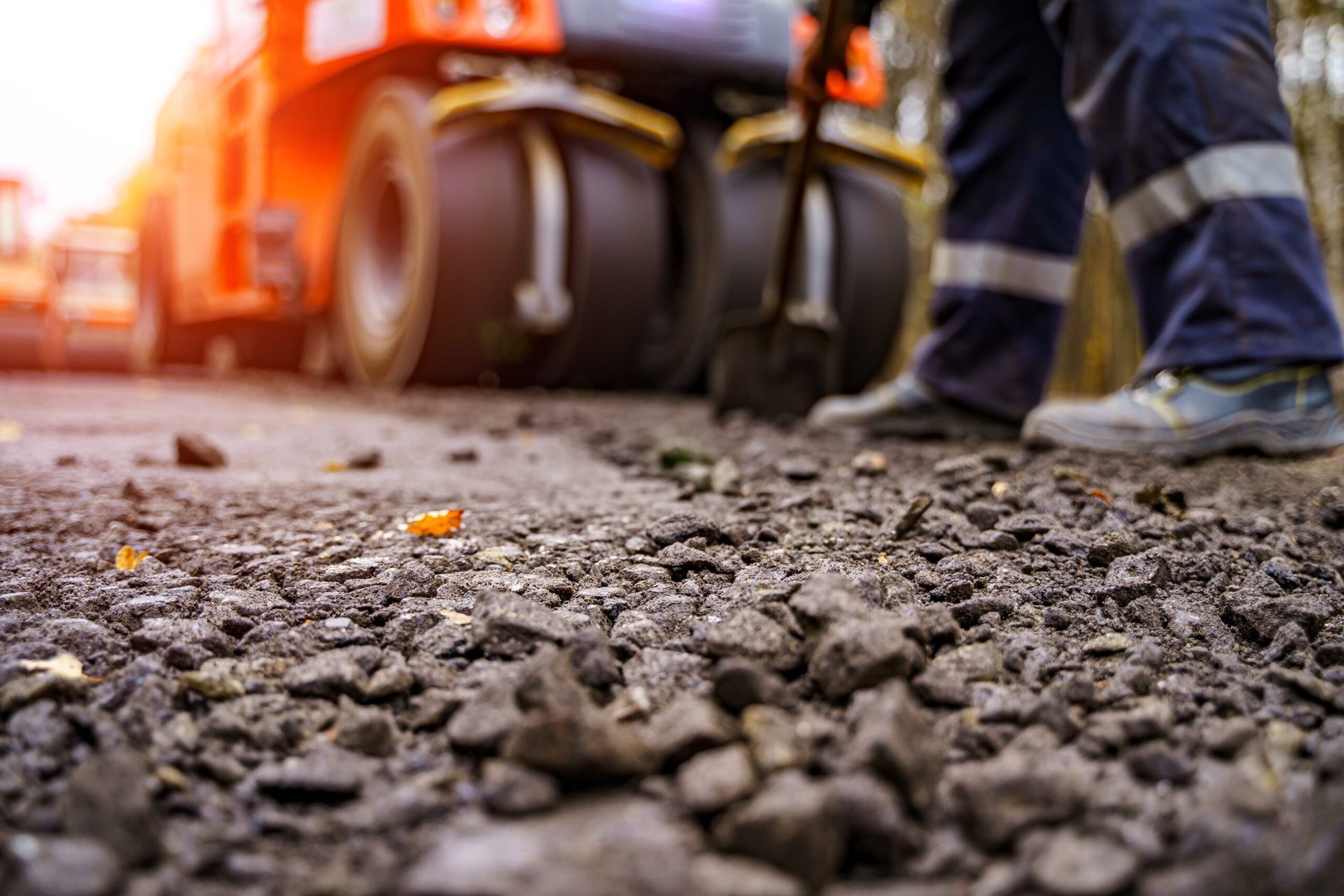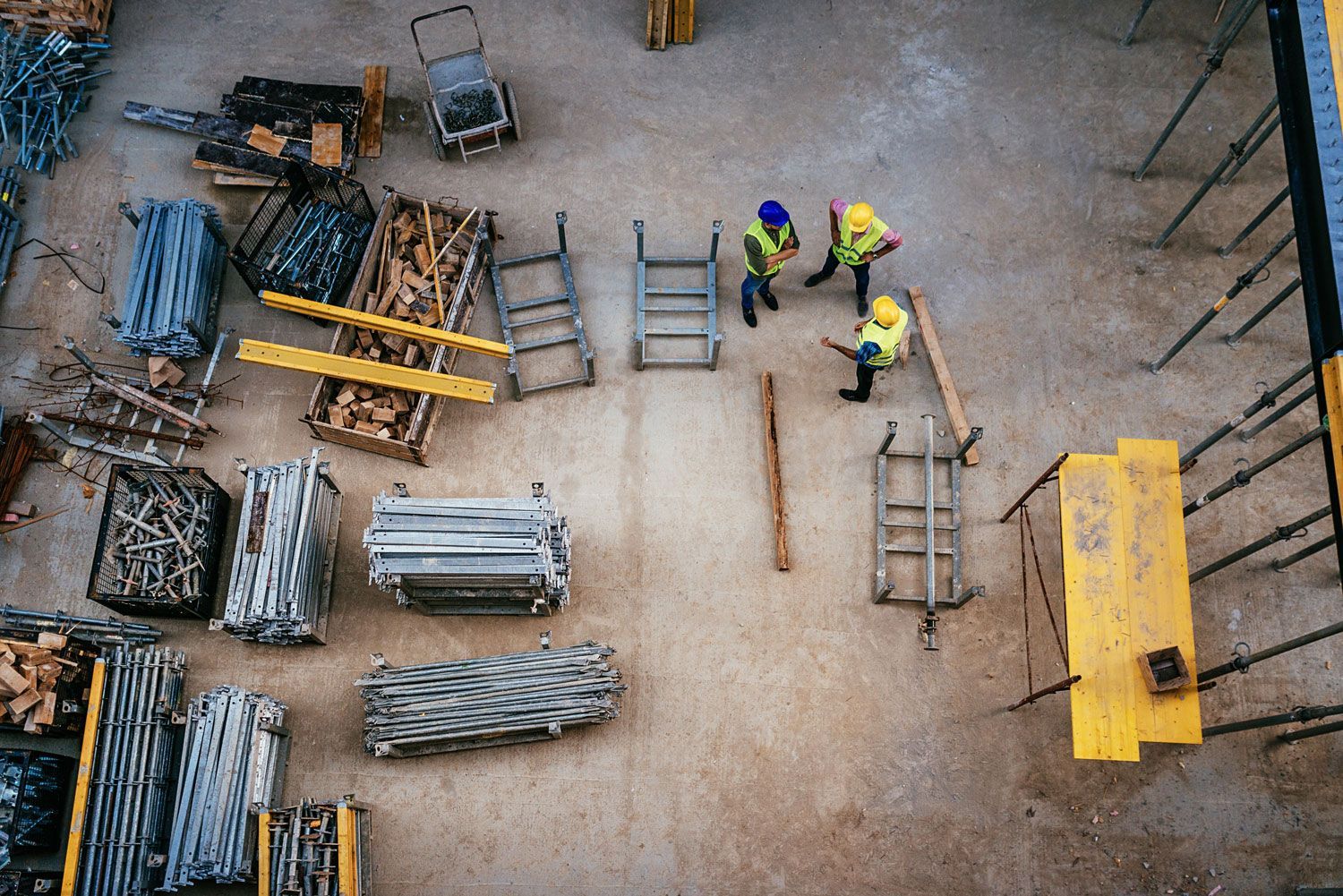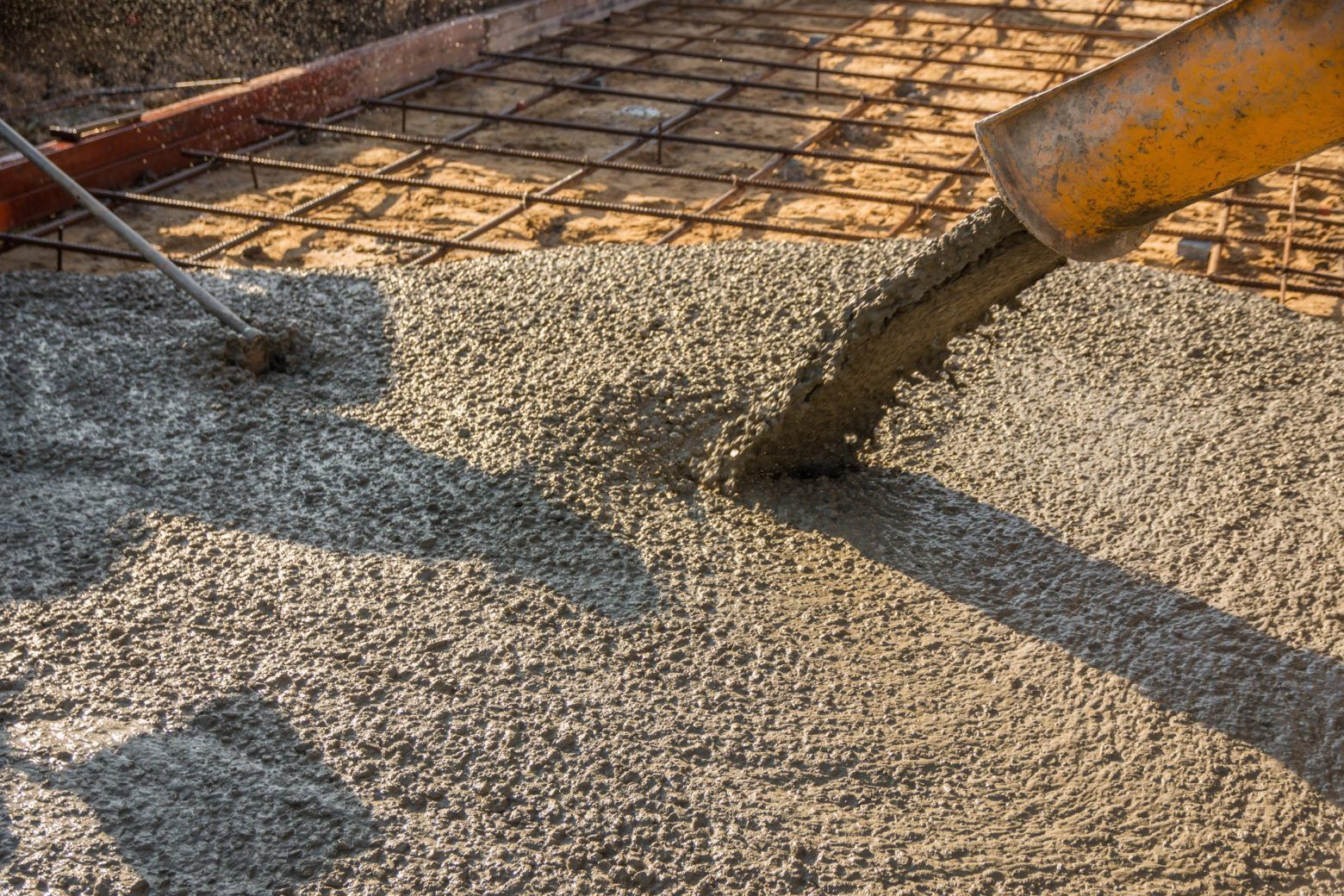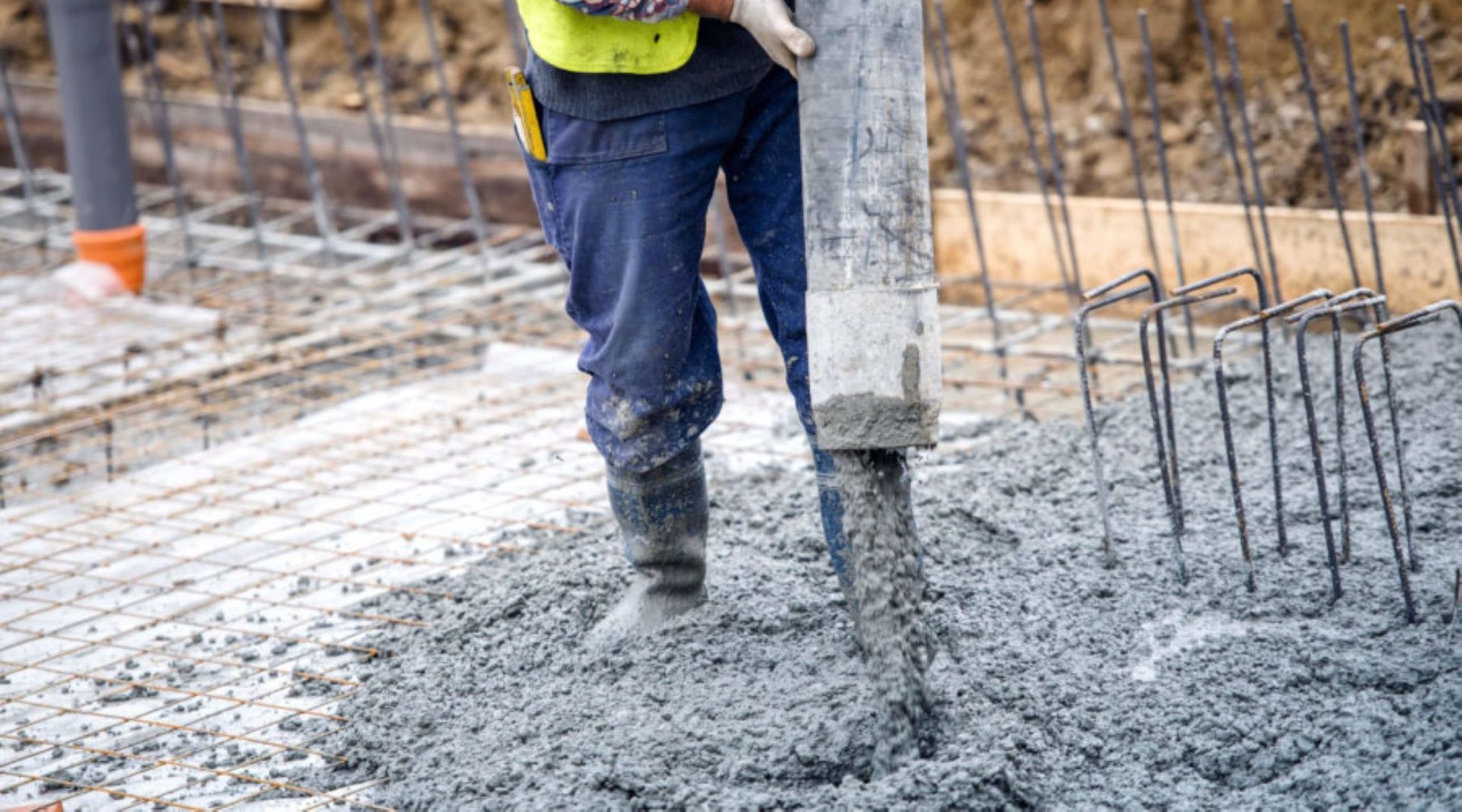The Hardscaping Guide to a No-Fuss Garden
A really well-done garden can be wonderful to look at and spend time in. Unfortunately, it requires a lot of planning to get to that point and even more maintenance to keep it looking amazing. If you find all that a little too much for you, then you may be interested in hardscaping, or a no-fuss garden.
Hardscaping is something that has gained a lot of popularity in recent years, mainly because it’s just so simple. If you hate cutting your grass or dealing with annual planting, raking up dead leaves, and the like, then you’ll love the idea of beauty without work.
The initial process requires some planning and you’ll still need to do the work, but once it’s complete, you’ll have a garden you can enjoy spending time in with virtually no maintenance.
Using aggregates and concrete, hardscaping turns your outdoor space into a relaxing area without all the green.
That’s not to say there aren’t any plants, though. You’ll add in hardy bushes and trees that will last year after year with minimal effort. That makes it a very simple, low-key option for anyone who detests puttering about with plants. After all, not everyone is a gardener.
Planning Your No-Fuss Garden
Similar to a regular garden, you’ll want to plan everything out ahead of time. Instead of using grass, however, you’ll use gravel, sand, or wood chips to fill in the bits between paths. This is the perfect opportunity to add some unique curves and design flairs to your space.
If you still want some green in the garden, now is the time to determine where everything should go. You can set plants in raised beds, in divided sections or alone in small circles of soil throughout the garden. Learn more about which plants work best for this in the Plants section.
Stone vs. Concrete
Paths and patios will do best if created from concrete or stone. They’re both quite simple to clean and hold off any weed growth, requiring minimal maintenance. Both types of paths, if laid correctly, will last a very long time.
Stone has a more natural look, so it can be a nice way to add more nature to your space. It’s also available in many styles and colours. Depending on how fussy you want to get, you can even use stones to make designs in your paths.
Concrete is pretty simple to add to a pathway, but you don’t have to be stuck with a plain, grey surface. There are plenty of additives you can include when mixing the concrete, to give it colour and style. It’s also possible to add tiles or stones set into the concrete.
In the end, it really comes down to a matter of preference. Which look do you prefer? Stone or concrete?
Choose Your Aggregates
Gravel is the usual option for hardscaped gardens, but you can select anything from broken stone to rounded gravel and even sand. It can become quite dull to lay an entire garden with one type of gravel, so consider having sections with different types to create some variety in texture and colour. You can also use wood chips in areas you wish to plant.
Once you’ve determined the type of gravel you want to use, you’ll need to eliminate all vegetation from the garden. Pull out the weeds and make sure the roots are removed or they will try to push up through the gravel. It’s a good idea to turn over the soil a few times. You may want to mix in some sand if your drainage isn’t great.
To eliminate as many weeds as possible, flatten your ground and lay weed membranes over the garden, securing with a few larger rocks along the edges. Now you are ready to add your gravel. Aim for two-inch-deep coverage throughout the garden, which means you’ll need roughly 40 kg of gravel (20mm) per square metre.
If you’re adding multiple types of aggregates, it’s a good idea to use a divider between them so they don’t mix and you have a nice, clear delineation between the different sections. You’ll want a divider of some sort along the paths, as well. This helps prevent the gravel from ending up all over the concrete or stones. Use plastic edging, bricks, or larger stones on the edge to create your divider.
Choose Your Plants
For a no-fuss garden, you want plants that need minimal watering and care. They should be able to live through neglect and still look great. Many people like to create their garden around existing trees, or you can plant your own trees. Be sure to leave enough space around the trunks so you can water them easily.
Other plants may be planted in pots, in small spaces of their own (add wood chips around them to keep weeds down) and in raised beds. You may want to plant rows of smaller plants alongside your pathways, as well, to add some interest.
Plants that work well for this type of garden include:
● Lavender
● Fountain grasses
● Feather grass
● Cacti
● Yucca
● Rock roses
● Salvia
● Daisies
● Santolina
● Marjoram
● Thyme
● Poppies
● Aloe vera.
Plan where you want the plants before you lay the gravel so you can get them planted and then measure off the space around the plant to spread the gravel. If you plant directly, make sure to cut a small opening in the membrane to give the plant a chance to put down roots.
Add Accessories
Your garden doesn’t have to be a vast wasteland of gravel and stone with a few plants scattered here and there. In fact, you can add quite a bit of interest by accessorising.
Furniture: Why not enjoy your garden from the comfort of your own wooden bench or lounge chair? A bench swing is always a nice addition, too. Or, if you prefer, you can set up a hammock to rock away in while everyone else is out cutting their grass.
Planters: Terracotta plant pots or concrete garden beds can be added to give your greenery a place to grow. These should be placed before you actually spread out the gravel.
Decorations: If you fancy little gnomes, mushrooms, or sculptures of any sort, go ahead and set them up around the garden. They can add a little whimsy to a space that would otherwise be boring. Statues, birdbaths, and sundials are just a few of the items you can add to your space, so get creative and make it your own.
There’s no one way to make a hardscaped garden, but keep in mind that it should be as maintenance-free as possible.
Further Tips for Hardscaping
Hardscaping isn’t that difficult and while it does require quite a bit of work in the beginning, it’s well worth the effort. You’ll find it simpler to care for once the initial set up is complete. However, you can always add things to your garden to make it more magical, without adding more work. For example:
Illumination: Strings of fairy lights in trees, solar lamps set into the gravel or along a fence . . . these are all wonderful ways to bring some interest and light to your space. It also makes it possible to enjoy the garden at night, so be sure to illuminate the paths and any sitting areas.
Firepit: Who doesn’t enjoy sitting around a flickering fire at night? With a firepit and some nice seating, you have an outdoor space that is perfectly safe and fun. Invite some friends and have an evening of chatting and eating around the fire.
Eco-friendly: Consider using recycled aggregates for your hardscaping. You’ll find a range of styles, sizes, and colours, so you can create an artistic version of your garden. Try creating patches or swirls of different colours for different parts of the garden.
Leaf blower: A leaf blower is the simplest way to get rid of any leaves that end up on the gravel. If you have trees, you may need to do this frequently when leaves and branches fall down.
All you really need to do in the future for maintenance is pull any weeds that may slip through the membrane at the borders. You may also need to rake the gravel straight if something happens to cause it to stir up.
After a while, it’s possible the gravel will settle a bit and you may need to add a little more in areas where it has thinned out. This is more likely to happen if you don’t have proper borders around each area of gravel.
Are you in search of the perfect gravel for your hardscaped garden? At William Thompson & Son, we have everything you need. Contact us today to learn more!







